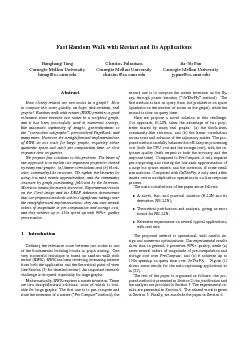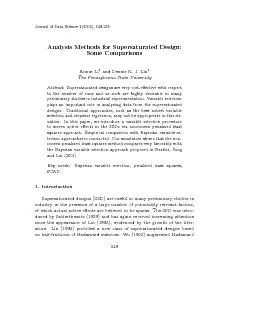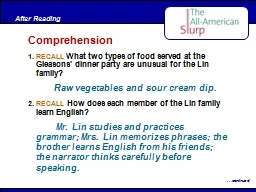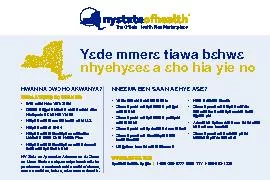PPT-Biing-Hwan Lin
Author : test | Published Date : 2016-07-24
Senior Economist Food Economics Division USDAERS Presentation at 中正大學經濟系 May 12 2011 Do Taxes and Subsidies Improve Diet and Health 1 Overweight
Presentation Embed Code
Download Presentation
Download Presentation The PPT/PDF document "Biing-Hwan Lin" is the property of its rightful owner. Permission is granted to download and print the materials on this website for personal, non-commercial use only, and to display it on your personal computer provided you do not modify the materials and that you retain all copyright notices contained in the materials. By downloading content from our website, you accept the terms of this agreement.
Biing-Hwan Lin: Transcript
Download Rules Of Document
"Biing-Hwan Lin"The content belongs to its owner. You may download and print it for personal use, without modification, and keep all copyright notices. By downloading, you agree to these terms.
Related Documents














